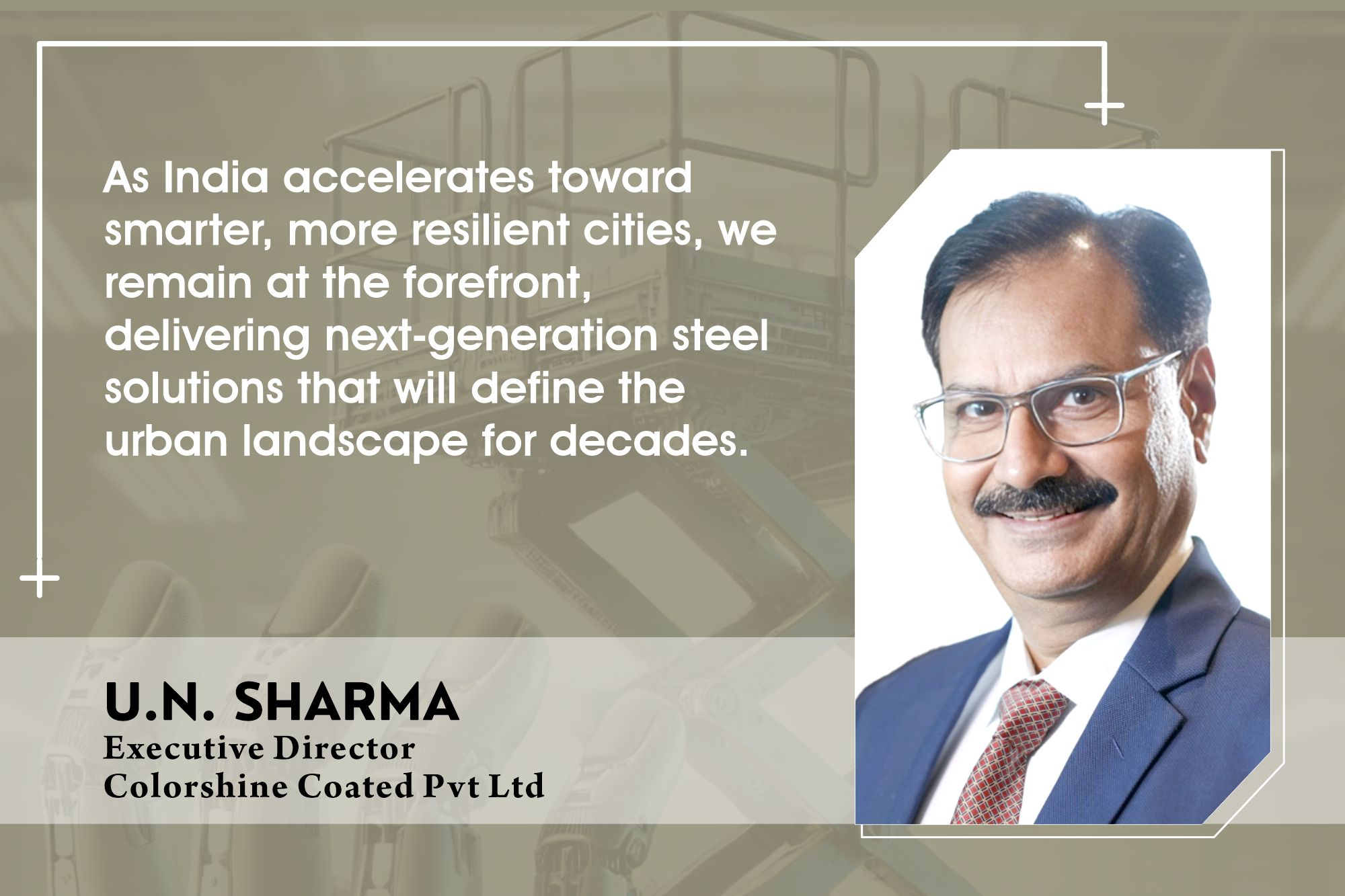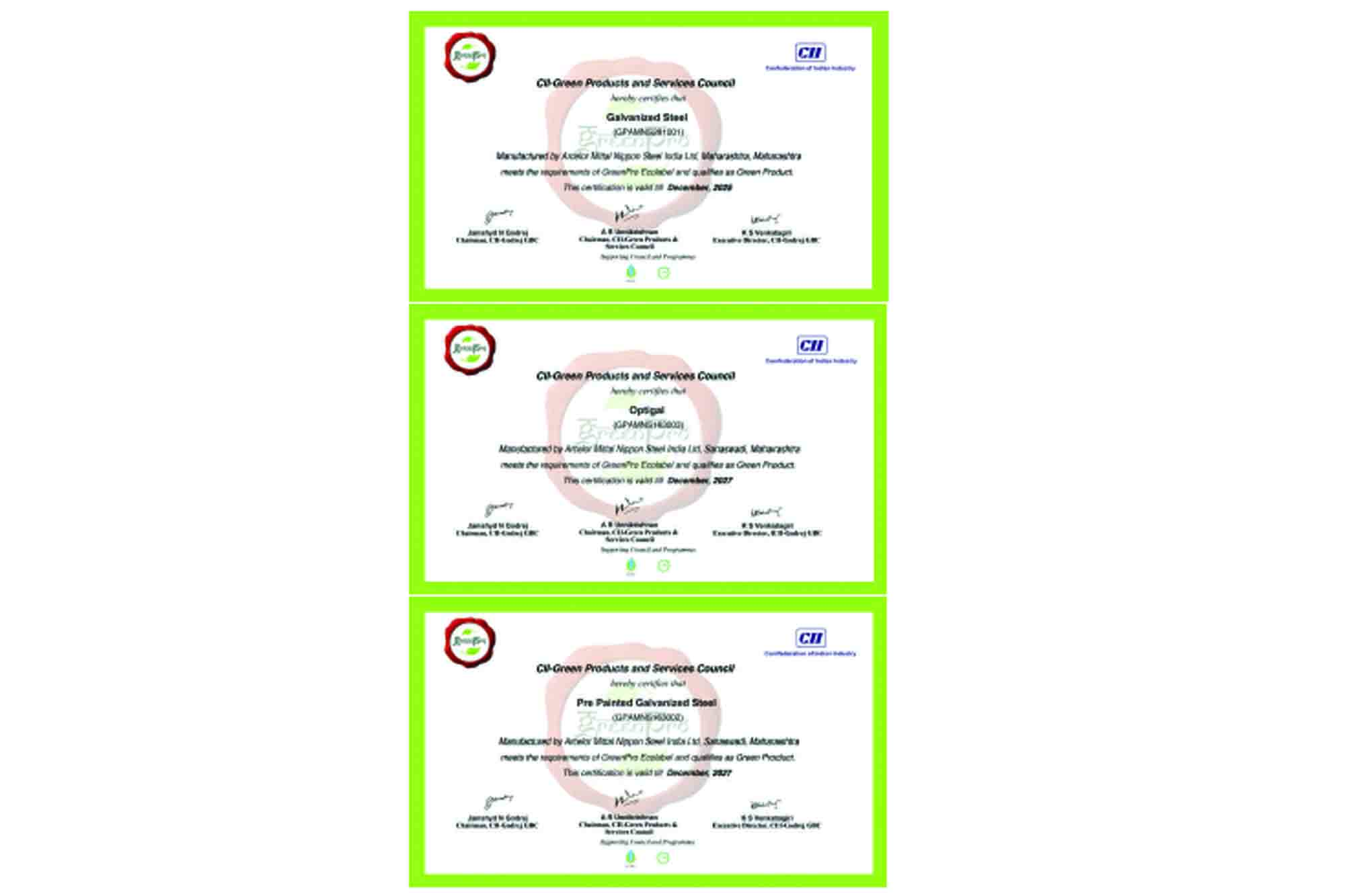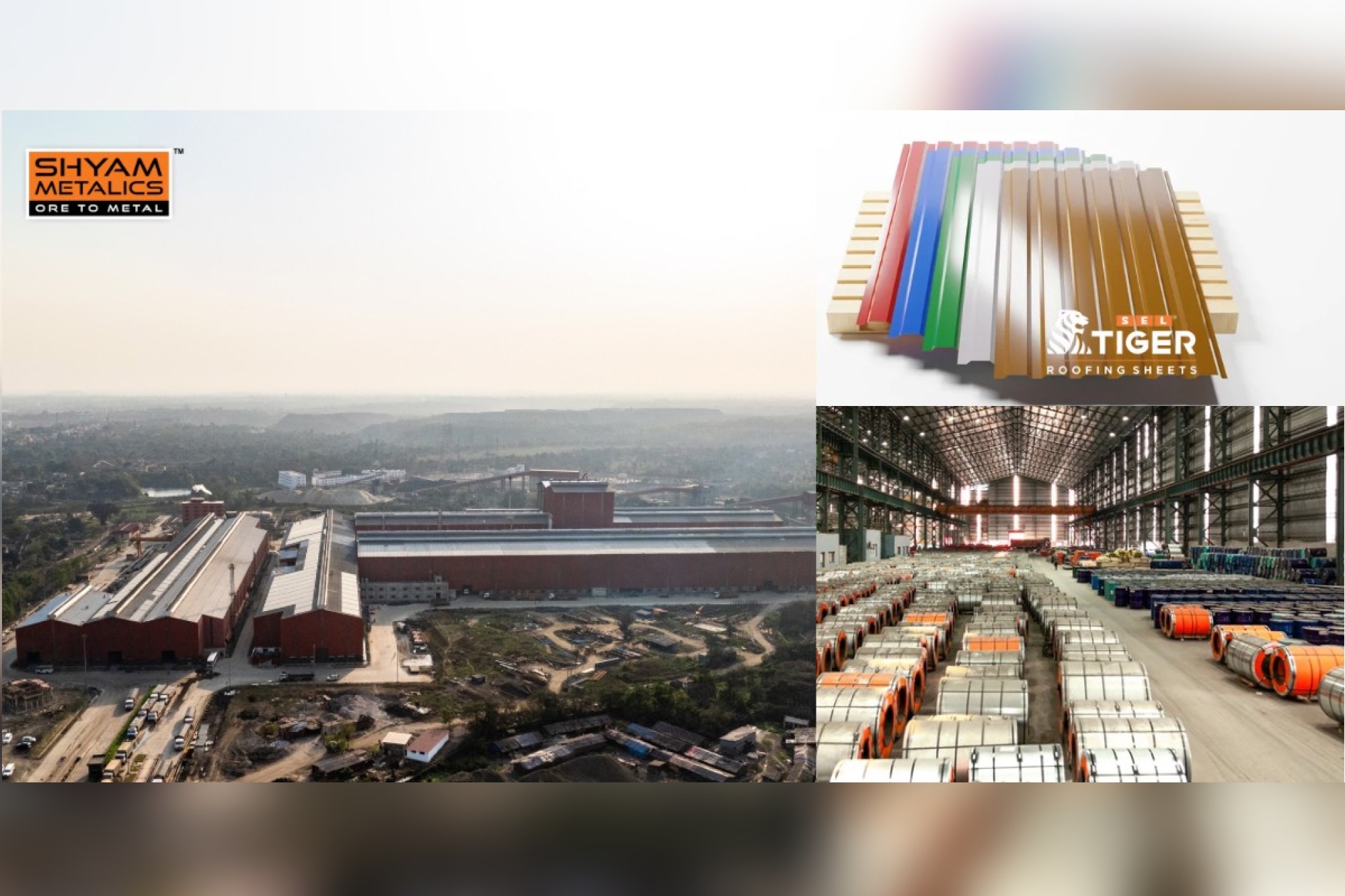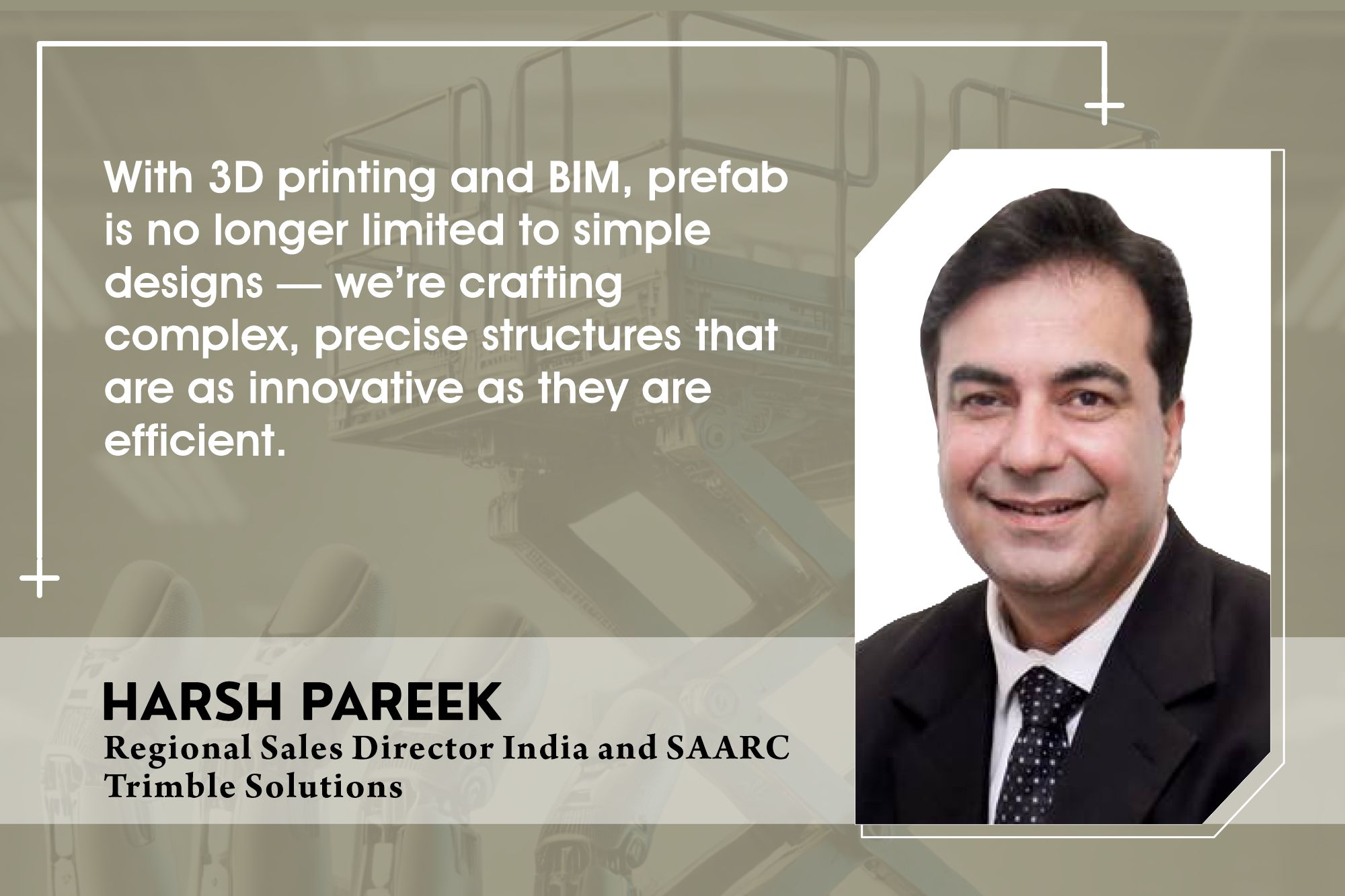How to repair and protect deteriorated RCC structures?
By Edit Team | September 19, 2016 12:55 pm SHARE

An essential part of a successful repair of concrete structures is to establish the underlying cause and extent of concrete deficiency and deterioration mechanism. For a repair to be successfully completed it must eliminate the cause, repair the full extent of the damage and ensure that the structure is protected from further damage or recurrence of the original cause for the whole of its projected life span It is therefore important that a thorough initial investigation should be carried out for any repair work is undertaken.
Methods of repair
For the purposes of repair of concrete structures, repairs can be grouped into two general categories, namely the ones associated with corrosion deteriorated concrete, and the ones associated with non-corrosion deteriorated concrete (i.e. accidental damage which does not incorporate the corrosion process).
Methods of application of repair materials are mainly dictated by the prevailing in-service conditions, by relative costs, the specified performance characteristics of suitable repair materials, as well as, the level of in-service performance required from such materials. Other factors which contribute to the selection of a particular method of application include horizontal, vertical or overhead repair conditions; restricted access; ease and practicality of erection of formwork; structural limitations; underwater requirements; prevailing traffic conditions; tidal and splash zone repairs.
Application
There are several methods of application of repair materials in the repair of concrete structures.
Recasting with new concrete: Required design of special concrete mix, shrinkage compensating admixtures, need formwork and vibrators, restricted areas difficult to vibrate.
Patching with cementitious repair mortars: These are polymer modified designed for ease of application under a range of in-service conditions (i.e. horizontal, vertical, overhead etc), suitable consistencies and adhesion, trowelled or hand applied non-shrink as part of an overall repair system. The major advantage of cementitious repair mortars is that their properties are compatible with the parent concrete in terms of modulus of elasticity, coefficient of thermal expansion, shrinkage movement and permeability (breath-ability).
Rebuilding with free-flowing grouts and fluid micro- concretes: These are useful for extensive and large repairs where access for hand/trowelled mortars is difficult, fixing of tight formwork, pumped or hand poured into formwork, very workable and self-compacting, feed from lowest or furthest point.
Sprayed concrete or specially formulated cementitious mortar: Shotcrete, gunite, dry process spraying, and wet process spraying.
Pre-packing dry aggregates which are subsequently grouted: Single size coarse aggregate (10-20 mm), grout subsequently pumped from the furthest or lowest point to fill spaces between the aggregate, simple formwork, no vibration, suitable for underwater conditions as the grout displaces water.
Cementitious patch repair
Prior to commencement of any patch repair of concrete, an assessment of the affected concrete structure or component should be undertaken to determine the influence of spalled, deteriorated, damaged or honeycombed concrete on load bearing capacity, serviceability and durability.
A step-by-step patch repair procedure should address the concrete surface preparation, method of application, curing, surface finish and exposure classification requirements. The application of a decorative or anti-carbonation coating where required should also be considered as part of the overall patch repair procedure.
Patch repairs for different types of damages
The following main types of patch repair of concrete structures using cementitious repair materials are considered:
Non-corrosion deteriorated concrete repair
This is associated with deterioration or damage due to accidental or physical loadings, damage through temporary overloading, impact and other mechanical or uncontaminated damage, excessive early shrinkage or thermal stresses and low quality honeycombed or off form voided concrete. The non-corrosion deteriorated or defective concrete repair works must involve the breaking back to sound and dense concrete. The depth of removal of non-corrosion deteriorated or defective concrete and the amount of exposure of the steel reinforcement should be subject to review at the time of the concrete repair assessment.
Filling of blowholes and surface imperfections
This is associated with small regular or irregular cavities, usually not exceeding 15mm in diameter or 5mm in depth, resulting from entrapment of air in the surface of formed concrete during placement and consolidation. Blow-holes and surface imperfections should be filled with a scrape coat application of a single component polymer modified cementitious skim-coat repair mortars.
Materials required and performance criteria
The requirements for the supply and quality of materials, surface preparation, application, relevant inspection and testing are important factors for optimal performance. Acceptance criteria for the patch repair of concrete structures using cementitious repair materials must always be specified in a very clear and succinct way to avoid any misinterpretations which may affect the long term performance of the product in place.
The materials used for reinstatement should be single component polymer modified cementitious non-shrink repair mortars, or be part of an approved polymer modified cementitious repair system. The repair material strength should always be similar or little higher to the in-situ structure strength.
Main phases of the repair process
The main phases of the repair process that should be undertaken to achieve a successful patch repair are: stopping the corrosion process, replacing the defective or spalled concrete and applying a final protective treatment.
An essential part of a successful repair process is effectively halting the process of corrosion in all steel reinforcement affected by carbonation and chloride attack. This also includes those where the corrosion of the embedded bars has not yet manifested itself at the surface of the concrete. This is only possible by removing the corrosion scales and applying a zinc rich priming coat to protect the steel against further corrosion (i.e. re-passivating the steel reinforcement).
Replacing the concrete in deteriorated or accidentally damaged reinforced concrete structures is very essential in order to maintain its structural integrity. This is aimed at restoring the surface of the concrete to its original profile to realise the expected life-span of the structure.
The main attribute of final protective coatings is to increase the durability of reinforced concrete structures by providing additional protection against the exposure to the environment and to enhance their aesthetic appearance.
Performance testing
Testing for the performance of patch repairs should include ongoing testing for compressive strength, in-situ adhesion (pull-off) testing, delamination survey to check and testing for flatness and placement tolerances of the finished product.
Step by step repair sequence of cementitious application
Corrosion deteriorated concrete
• Investigation and Assessment
• Establish the cause and extent of the concrete deterioration problem using both physical and chemical tests, NDT and other diagnostic methods.
• Determine areas and depths of concrete to be removed.
Surface preparation
Remove unsound and contaminated concrete to expose a sound and uncontaminated concrete substrate by at least 20 mm behind and around the corroded steel r along the length of visibly corroding steel reinforcement and make sure it extends until at least 50 mm of sound corrosion free metal is showing at both ends of the rusted section.
Application of protective coating (optional)
Apply final protective coating or system of coatings that possess the required barrier properties for the harmful agents.
Supervision and quality control
Utilise satisfactory construction practices, procedures and standards. Re-inspect at suitable intervals to confirm the success of the repair.
Conclusion
A thorough investigation is an important ingredient in achieving a lasting repair of concrete structures. Correct interpretation of visual observations and testing is essential to enable a correct diagnosis and prognosis of the problem, and thus enable appropriate corrective measures to be taken. The use of sound materials, thorough surface preparation, proper application of materials, satisfactory finishing and curing are vital components of a systematic repair sequence required achieving a satisfactory repair, with adequate strength, durability, appearance and economy.
Authored by__
M N Ramesh, Managing Director,
Talrak Construction Chemicals Pvt Ltd,
No. 148 Sri Gururaghvendra Complex, Basaveshwara Circle, BEML III Stage, RR Nagar, Bengaluru – 98
Tele: +91-80-28608000
E-mail: chethana.g@talrak.co.in I www.talrak.co.in
Cookie Consent
We use cookies to personalize your experience. By continuing to visit this website you agree to our Terms & Conditions, Privacy Policy and Cookie Policy.





















































